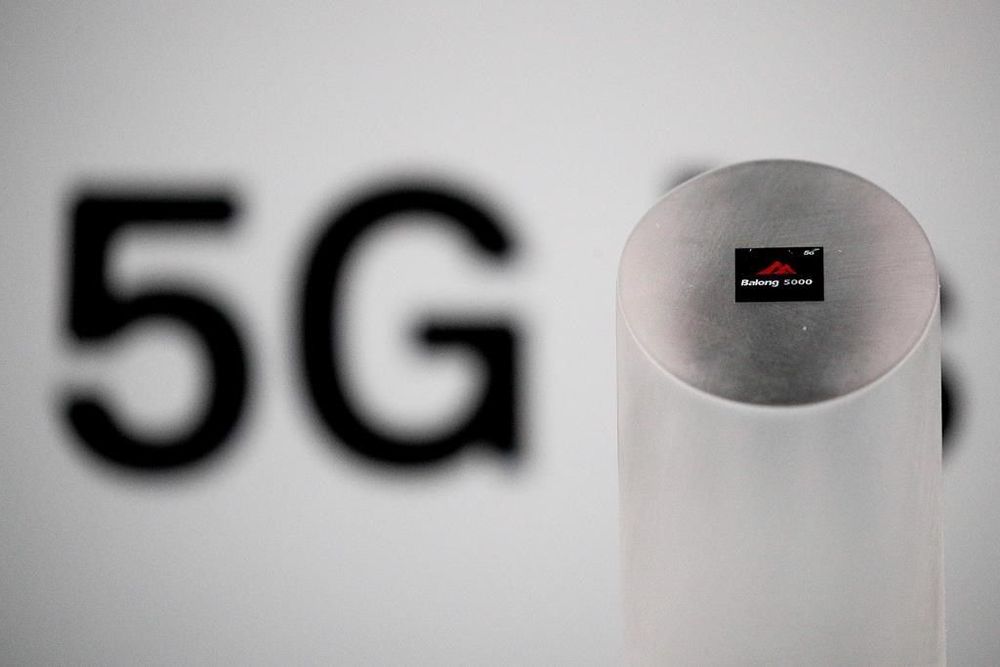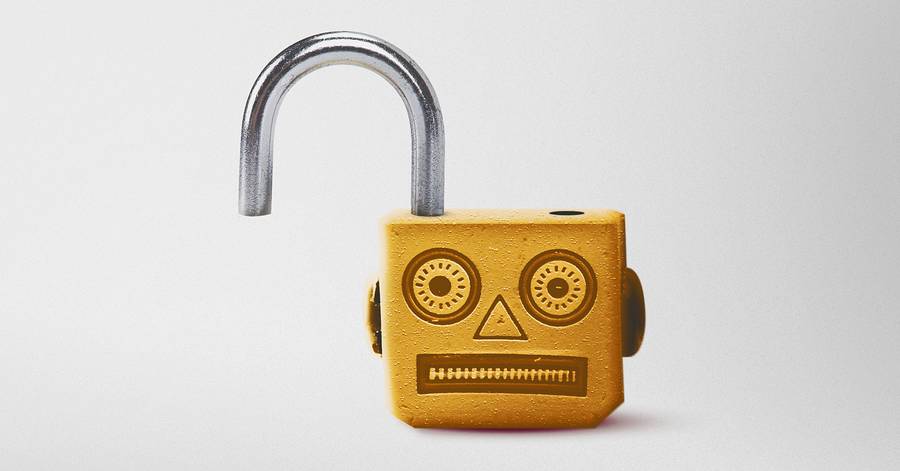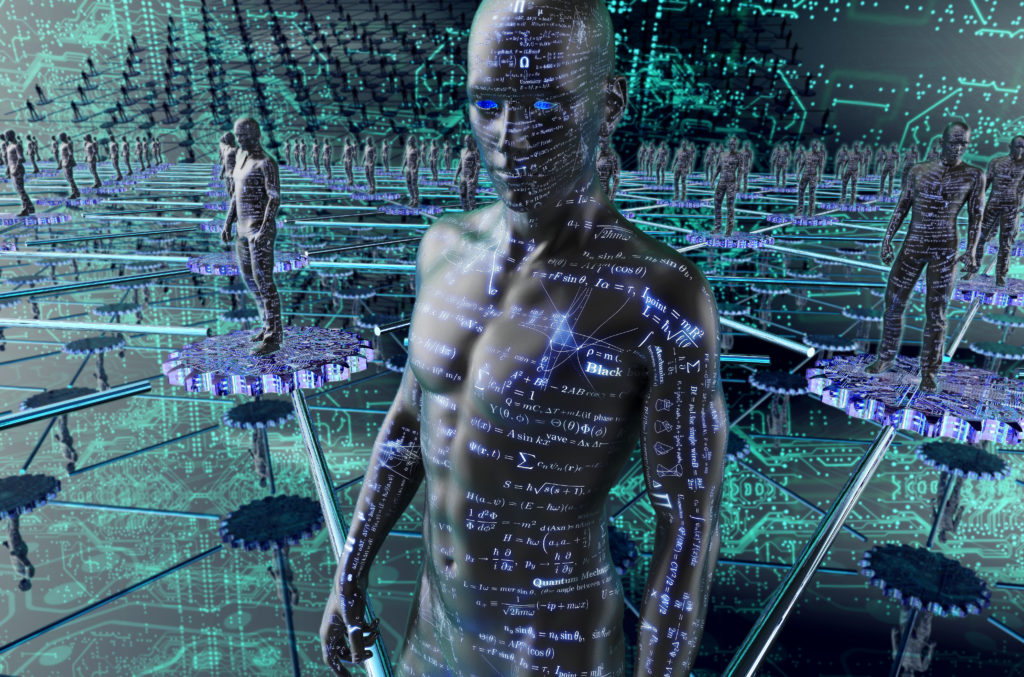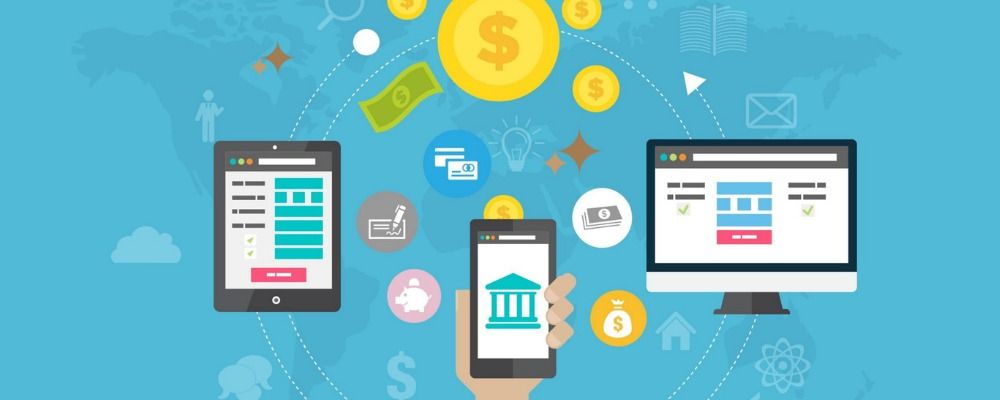95 percent less water circa 2018.
Open-source farming could challenge Big Ag and take crop production to new heights.



OTTAWA — A Chinese telecommunication company secretly diverted Canadian internet traffic to China, particularly from Rogers subscribers in the Ottawa area, says an Israeli cybersecurity specialist.
The 2016 incident involved the surreptitious rerouting of the internet data of Rogers customers in and around Canada’s capital by China Telecom, a state-owned internet service provider that has two legally operating “points of presence” on Canadian soil, said Yuval Shavitt, an electrical-engineering expert at Tel Aviv University.
Shavitt told The Canadian Press that the China Telecom example should serve as a caution to the Canadian government not to do business with another Chinese telecommunications giant: Huawei Technologies, which is vying to build Canada’s next-generation 5G wireless communications networks.

To make its developers’ jobs more rewarding, Facebook is now using two automated tools called Sapienz and SapFix to find and repair low-level bugs in its mobile apps. Sapienz runs the apps through many tests to figure out which actions will cause it to crash. Then, SapFix recommends a fix to developers, who review it and decide whether to accept the fix, come up with their own, or ignore the problem.
Engineers began using Sapienz to review the Facebook app in September 2017, and have gradually begun using it for the rest of the company’s apps (which include Messenger, Instagram, Facebook Lite, and Workplace). In May, the team will describe its more recent adoption of SapFix at the International Conference on Software Engineering in Montreal, Canada (and they’re hiring).

Bug and vulnerability hunting is a big business and the need for it is getting larger and larger. Up until this point, the majority of work had been from people. Either as hackers discovered holes and released exploits or as companies paid people to do the testing.
The machine triumphed in DARPA’s Cyber Grand Challenge, where teams automated white-hat hacking.

In the future, industrial robots may create jobs, boost productivity and spur higher wages. But one thing seems more certain for now: They’re vulnerable to hackers.
Factories, hospitals and other big robot users often lack sufficient levels of defense against a digital attack, according to cybersecurity experts, robot manufacturers and engineering researchers. The risk levels are rising as more robots morph from being offline and isolated to being internet-connected machines, often working alongside humans.
5G promises to make factories a lot smarter. And that means they’ll be a lot more vulnerable.


Blockchain shows major potential to drive positive change across a wide range of industries. Like any disruptive technology, there are ethical considerations that must be identified, discussed, and mitigated as we adopt and apply this technology, so that we can maximize the positive benefits, and minimize the negative side effects.
Own Your Data
For decades we have sought the ability for data subjects to own and control their data. Sadly, with massive proliferation of centralized database silos and the sensitive personal information they contain, we have fallen far short of data subjects having access to, let alone owning or controlling their data. Blockchain has the potential to enable data subjects to access their data, review and amend it, see reports of who else has accessed it, give consent or opt-in / opt-out of data sharing, and even request they be forgotten and their information be deleted.
Monetize Your Data
Blockchain enables cryptocurrency. Think of blockchain as a platform, and a cryptocurrency as a particular application that can run on blockchain, along with many other applications such as those that can enable data subjects to control their data. Users can be rewarded with cryptocurrencies for opting into, or giving consent to collaborate and share their data. For example, a patient may opt into participation in a clinical trial, and in so doing make their data available for research within that clinical trial. This capability has the potential to provide a direct value feedback loop whereby data subjects can monetize their data. This is a huge leap forward from today where data subjects give up their data free, in many cases unaware, and organizations collecting it make highly profitable businesses out of monetizing data with nary a cent going back to the data subject. However, in enabling data subjects to own, control, and monetize their data guardrails must be put in place around this to ensure that data subjects are fully informed of not just monetization opportunities, but also how their data will be used, any risks, and their rights.
Disintermediation and Disruption
Historically collaboration across a group of organizations has required a central trusted intermediary in a “hub and spoke” architecture where the intermediary is at the center and mediates all interactions across the network. One can see examples of this across many industries. In financial services we have banks and banking networks. In healthcare we have clearinghouses and health information exchanges. In most industries we have supply chains where distributors are the hub connecting manufacturers and suppliers with dispensaries and retailers. Unfortunately, many intermediaries have abused their role and introduced excessive costs, delays, and single points of failure where if they are unavailable collaboration across the whole network is halted. To be clear, where physical goods flow, such as in supply chains, centralized hub and spoke architectures will endure. However, when it comes to the flow of digital goods, including any information, cryptocurrencies, crypto-tokens, or otherwise, blockchain has the potential to enable decentralized collaboration across a consortium of organizations in near real-time, and without the added cost, and delay of the intermediary. Since blockchain is decentralized, it eliminates the central single point of failure that makes hub and spoke architectures vulnerable to attacks on the availability of data or systems such as ransomware or DDoS (Distributed Denial of Service). However, with this disintermediation and disruption the common assertion is that many will lose their jobs. Actually, with blockchain there is a different role for an intermediary around training, system integration, support, governance, consensus building across the consortium, and so forth, so there is an opportunity for intermediaries of today to evolve, adapt to blockchain, and even leverage blockchain to their benefit.
Hyper-Efficiency and Job Loss
Today many common types data are maintained redundantly across silos. Think of the last time you changed your phone number or address and had to visit hundreds of websites to update it. Did you visit them all? Probably not (who has time), and so many of the copies of your data are old, inaccurate, etc. This system results in massive collective cost and causes major inefficiencies. Rather than maintain common data in one place,
and update it once as needed, and share it near real-time across the consortium of organizations that need it, the cost to maintain common data is multiplied by the number of organizations that have copies and maintain it independently. Further, inconsistencies in this data cause friction and additional cost in the system, and frustration. If your address is not updated mail goes to the wrong place, needs to be forwarded, or maybe you didn’t do forwarding and so you lose it and absorb whatever the impact. In healthcare if records are inconsistent across payers and providers, medical claims can bounce causing delays in payment and so forth. So blockchain having the potential to help solve this sounds good, right? Well, what about the millions of people whose job it is today to maintain redundant copies of information across these organizations and silos. In using blockchain to pave the way for secure, and hyper-efficient maintenance of common, shared data, we may inadvertently disrupt the jobs of millions of people doing mundane, redundant data maintenance today. This is not to say we should not move forward with blockchain and realize its benefits, but we should do so fully aware of the impacts and help those impacted proactively adjust, retrain and move onto more useful, interesting, and higher paying roles.
Environmental Impacts
Public blockchains such as bitcoin span untrusted networks, with untrusted participants, and so must use conservative consensus algorithms such as PoW (Proof of Work) which require mining. To be competitive in mining one must invest in massive amounts of hardware that use massive amounts of electric power. This is a considerable environmental and ethical concern. For public blockchains to be feasible going forward we must find new ways of enabling blockchain consensus in ways that do not require massive amounts of hardware or electric power. Key clarification: this challenge is associated with mining and public blockchains and the consensus algorithms they use, whereas private / consortium blockchains, which represent the vast majority of blockchains used in industries such as healthcare, don’t typically have mining, but rather validation of transactions and blocks which does not require any significant additional hardware or electricity. Therefore, while this is a challenge for public blockchain applications such as bitcoin, it is not an issue for private / consortium blockchains.
Anonymity, Cryptocurrencies, and Crime
Ransomware is enabled by anonymous payment methods such as bitcoin. An attacker can infect your system, encrypt your data, and demand payment in bitcoin, and you can pay them with nary an idea of who attacked you, nor the ability for you or law enforcement to identify them. While cryptocurrencies and crypto-tokens have incredible potential for good, they are in this respect a double edged sword since they also pave the way not only for ransomware attacks, but DDoS, any many other types of crime. On the other hand, blockchain has incredible potential to help mitigate many types of fraud related crime so blockchain and crime is a multi-faceted ethical consideration. For more on this see Blockchain as a tool for anti-fraud.
What other ethical considerations are you seeing with blockchain? I post regularly on blockchain, cybersecurity, privacy, compliance, AI, cloud, and healthcare on LinkedIn and Twitter, and welcome collaboration on these fast evolving fields. Reach out and connect to collaborate.
Related

There’s no shortage of data breaches these days, but this one should make you sit up and pay attention. The newly discovered “Collection #1” is the largest public data breach by volume, with 772,904,991 unique emails and 21,222,975 unique passwords exposed.
The breach was first reported by Troy Hunt, the security researcher who runs the site Have I Been Pwned (HIBP), where you can check if your email has been compromised in a data breach. In his blog, Hunt says a large file of 12,000 separate files and 87GB of data had been uploaded to MEGA, a popular cloud service. The data was then posted to a popular hacking forum and appears to be an amalgamation of over 2,000 databases. The troubling thing is the databases contain “dehashed” passwords, which means the methods used to scramble those passwords into unreadable strings has been cracked, fully exposing the passwords.

#MachineLearning and #ArtificialIntelligence are revolutionising the online world. They are capable of reducing costs, analysing data, recognising patterns and trends we can’t see with the human eye and making real- time decisions. Now, they are being used to help prevent financial fraud and they’re learning how to do it better every day.
Machine learning and artificial intelligence are revolutionising the online world. They are capable of reducing costs, analysing data, recognising patterns and trends we can’t see with the human eye and making real-time decisions. Now, they are being used to help prevent financial fraud and they’re learning how to do it better every day.
Currently it is estimated that cybercrime costs the global economy approximately $600 billion, with one of the most common forms being credit card fraud which has grown considerably with the increase in the online market. As more and more people chose to transact online it is becoming increasingly important for financial services to invest in better, faster and more accurate fraud detection and prevention techniques.
How our data helps protect us
Thanks to there being such a large amount of online transactions, this means that there is a huge amount of customer data available which can be studied and learnt by AI. They can learn how to identify valid credit card behavioural patterns and how to detect irregular behaviour which could be fraudulent.